Red Bull recently launched the RB17 hypercar, which was legendary aerodynamicist Adrian Newey’s last-ever project with the Milton-Keynes-based team. Newey’s departure from the team was made official earlier this season, and he isn’t taking part in F1-related activities anymore. But the RB17 is his creation, and Red Bull is set to earn big from it.
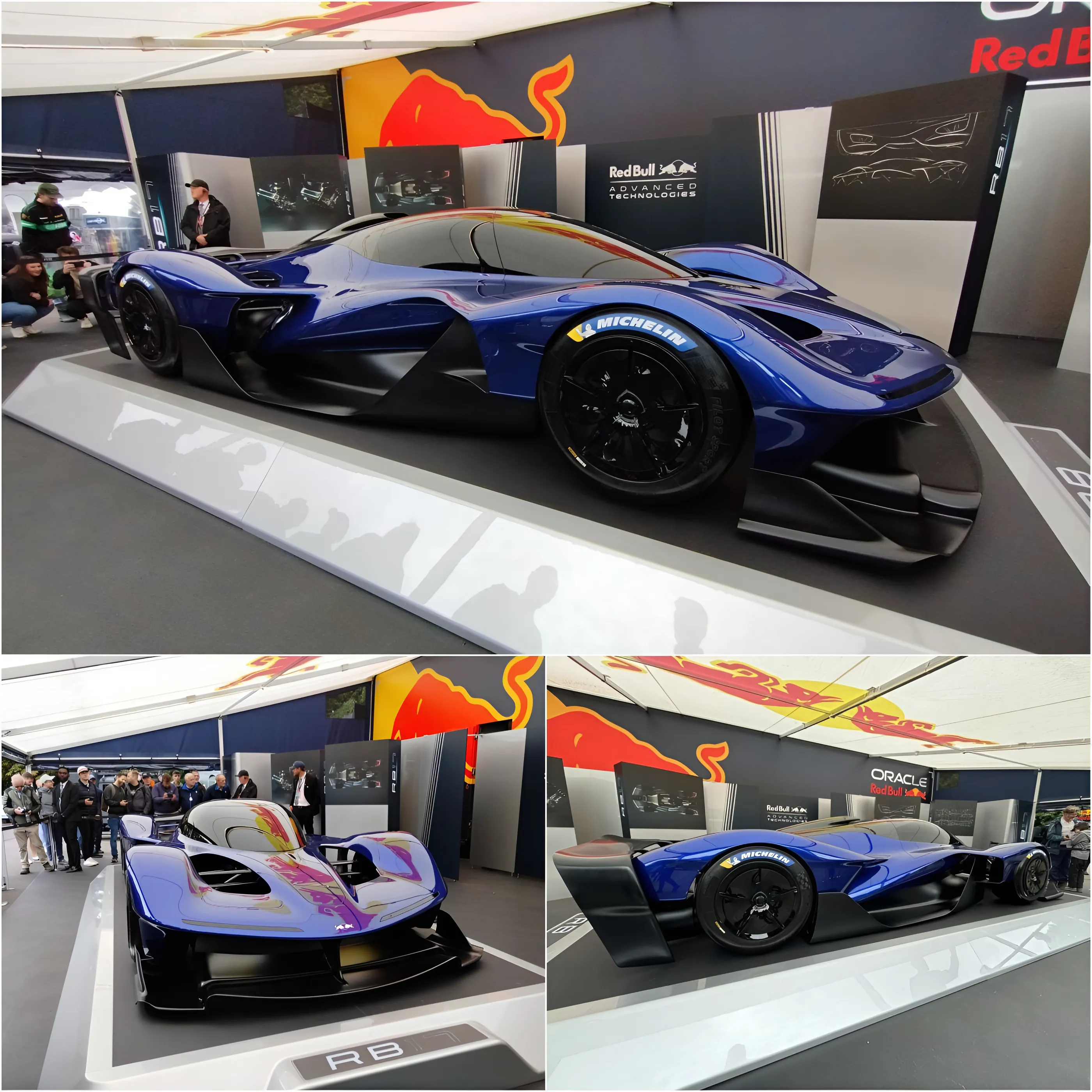
While the car flaunts striking looks and unmatched specs, its final prospects are eye-opening too. The RB17 will be extremely exclusive with only 50 units available for ownership.
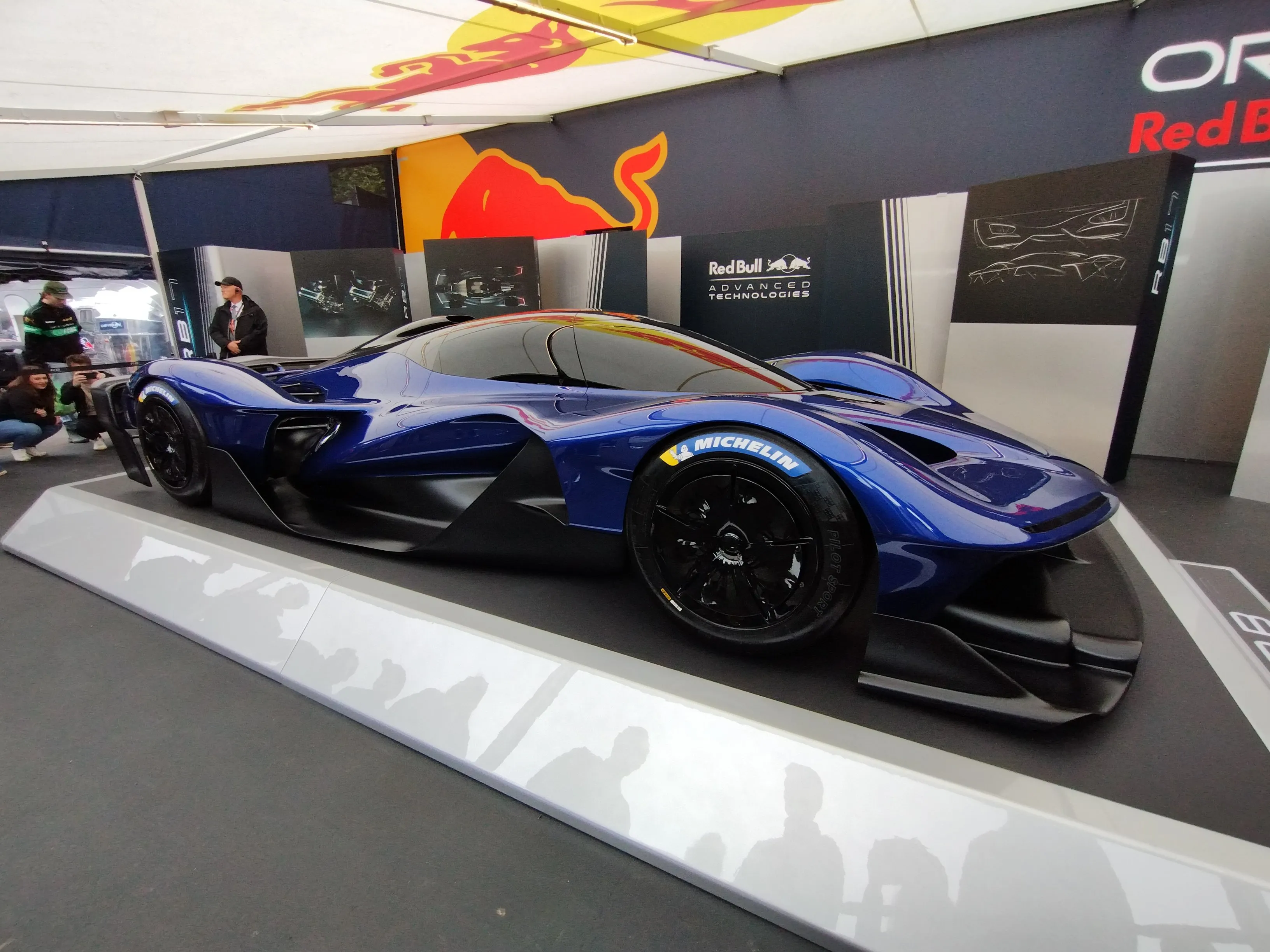
The RB17 comes at $6.2 million, which gives Red Bull the prospect of making $310 million if all 50 are sold.
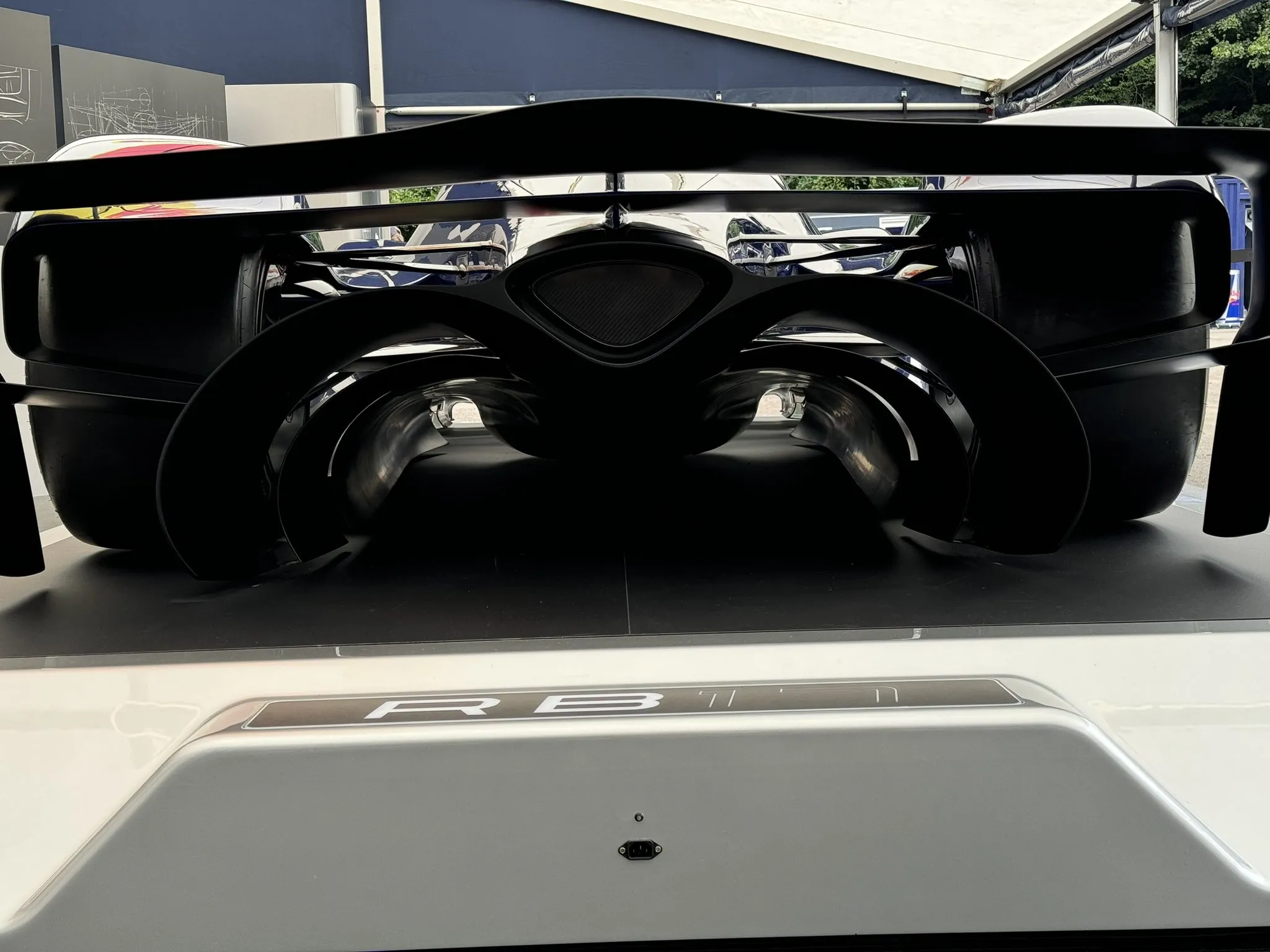
The car is track-specific but Newey and Christian Horner are open to its conversion into a road car. They are also excited about the hypercar’s prospects of competing at the prestigious 24 Hours of Le Mans.
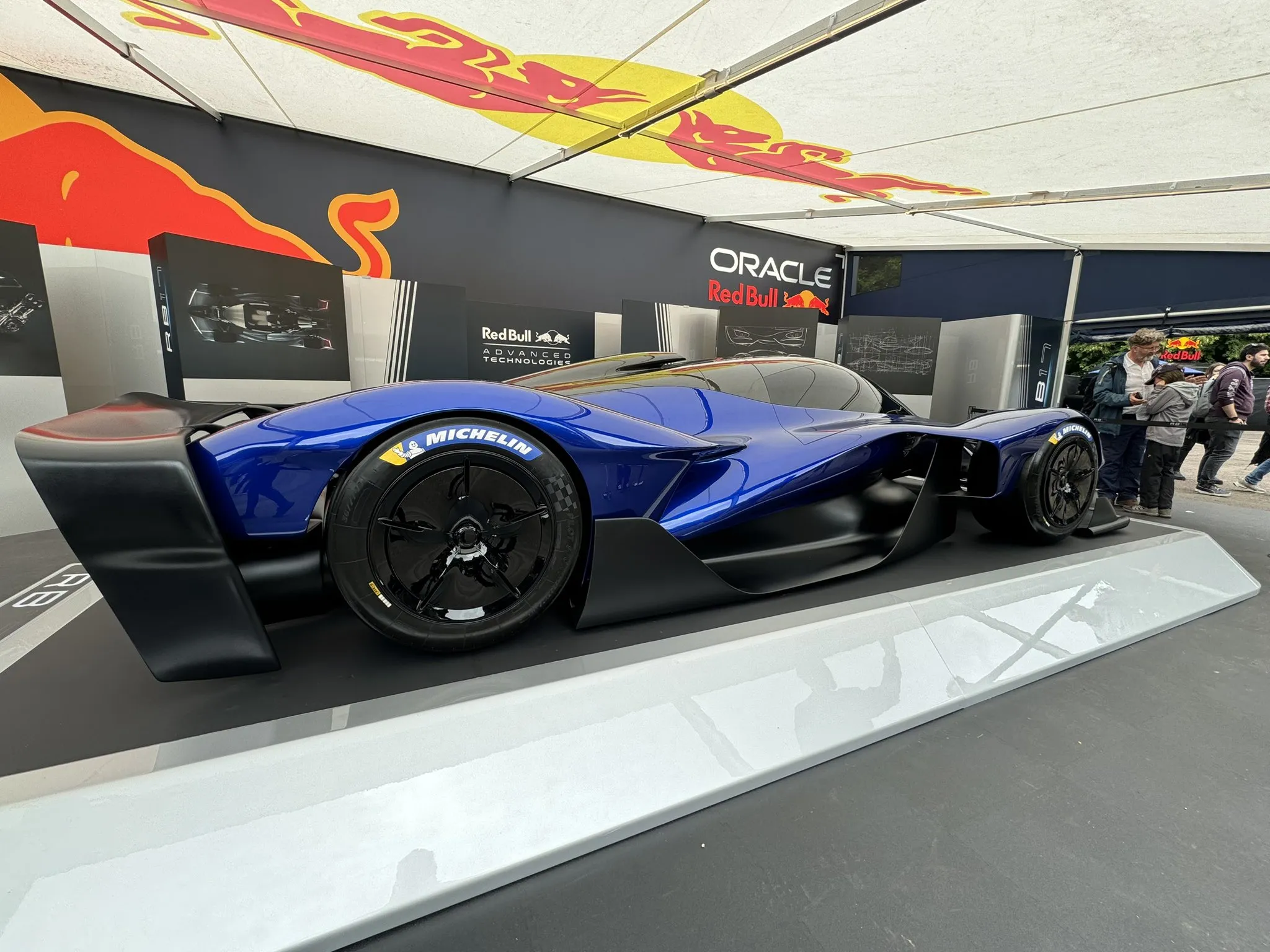
For Newey, the RB17 was a passion project. He revealed how the idea first came in 2010 when he designed Red Bull X1 for Gran Turismo 5 and 6. However, the game limited his aerodynamic genius to just the car’s design. Still, it remained in his mind, only to come out in the form of the RB17 14 years later.
The RB17 boasts a 1000 hp 4.5-liter V10 engine, coupled with a 200 hp electric motor. It weighs 900kg, making it incredibly light, and can clock 218 mph. What is even more interesting is a component it has onboard which was banned in F1 in 1994.
The driver aid in RB17 that F1 banned
By 1993, F1 had entered its high-tech era. Among the frontrunners in that conquest was Williams–Newey’s team back then.
From active suspension to ABS, traction control, and power steering. The car had it all. On the back of this slew of driver aids, the team and Alain Prost won the Constructors’ and Drivers’ Championship with ease.
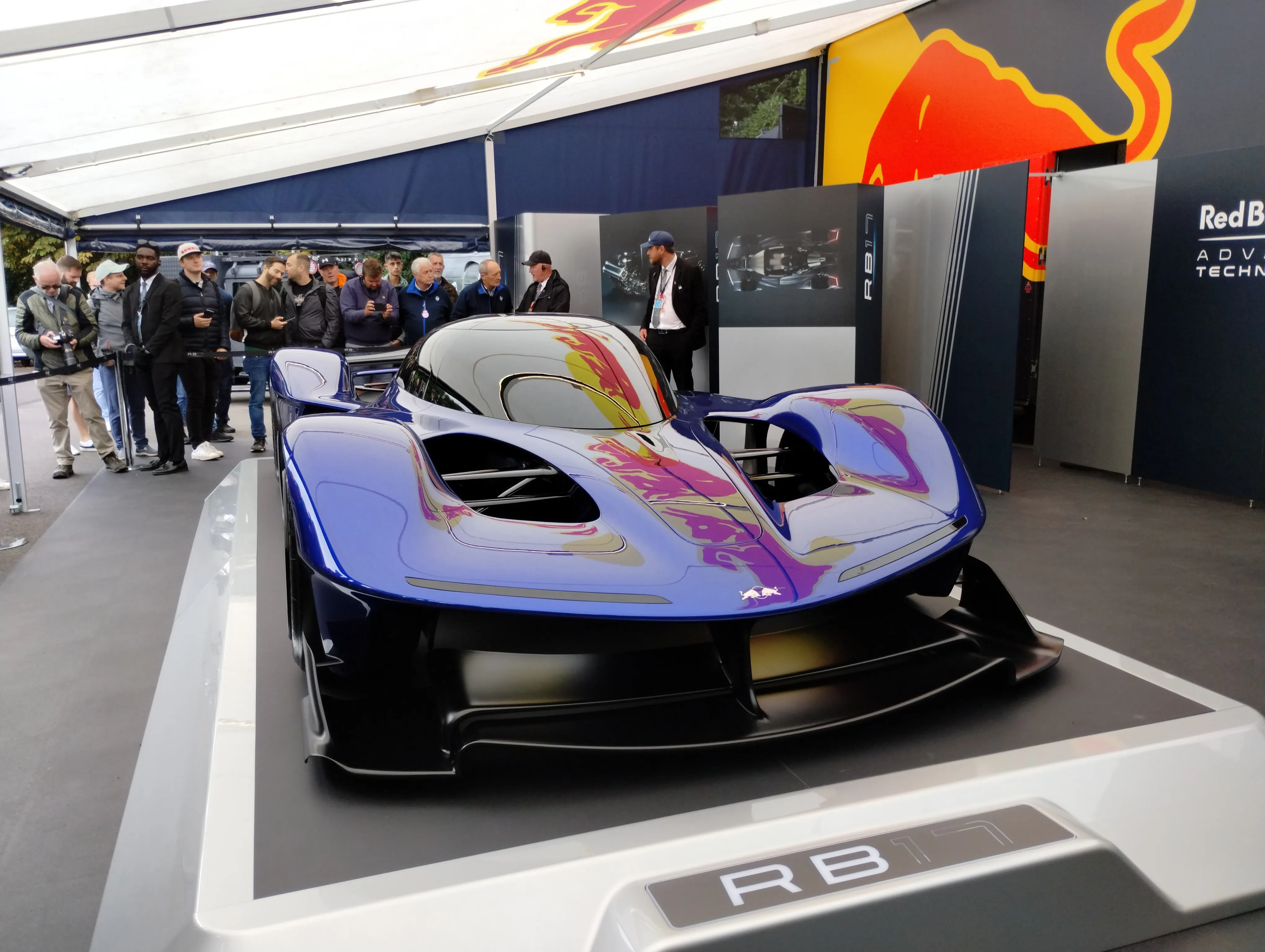
In an attempt to curb this domination, the FIA put an end to the usage of these aids. Active suspension, too, was banned but today, it makes a return with RB17.





